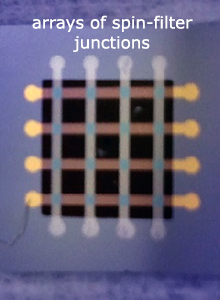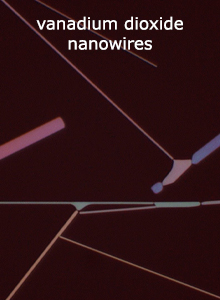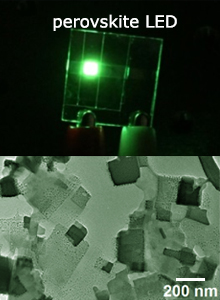| |
Opto-Spintronics
Spintronic devices have shown promises for high operating frequency, low power consumption, increased integration density, and non-volatile operation, all of which are desirable for the next-generation semiconductor technology. We investigate photon-spin interactions will allow us to generating and probing spin-polarized current using optical excitations, paving the way towards light-enabled and light-controlled spintronics. |
|
Correlated Photoexcitation
Photoexcitation in conventional semiconductors is restricted to the single-photon-single-electron scheme and fundamentally limits to the quantum yield of optoelectronic and photovoltaic devices. Strongly correlated materials can provide conceptually new pathways of electronic transitions given the strong inter-electron Coulomb interactions. Using vanadium dioxide as the model material, we expect to uncover photoexcitation mechanisms involving multiple photons or elelctrons in bulk solid-state materials, offering opportunities to develop efficient optoelectronic devices. |
|
Perovskite Optoelectronics
Halide perovskites, being solution processable, have shown great potential as a new class of materials with remarkable optical and electrical properties for low-cost optoelectronic devices (solar cells, LEDs, photodetectors). Using in-situ tools, we investigate the variation of material properties with particular focus on photoresponse and charge tranport, which willl guide the development of stable halide perovskites for viable optoelectronic applications. |
|


